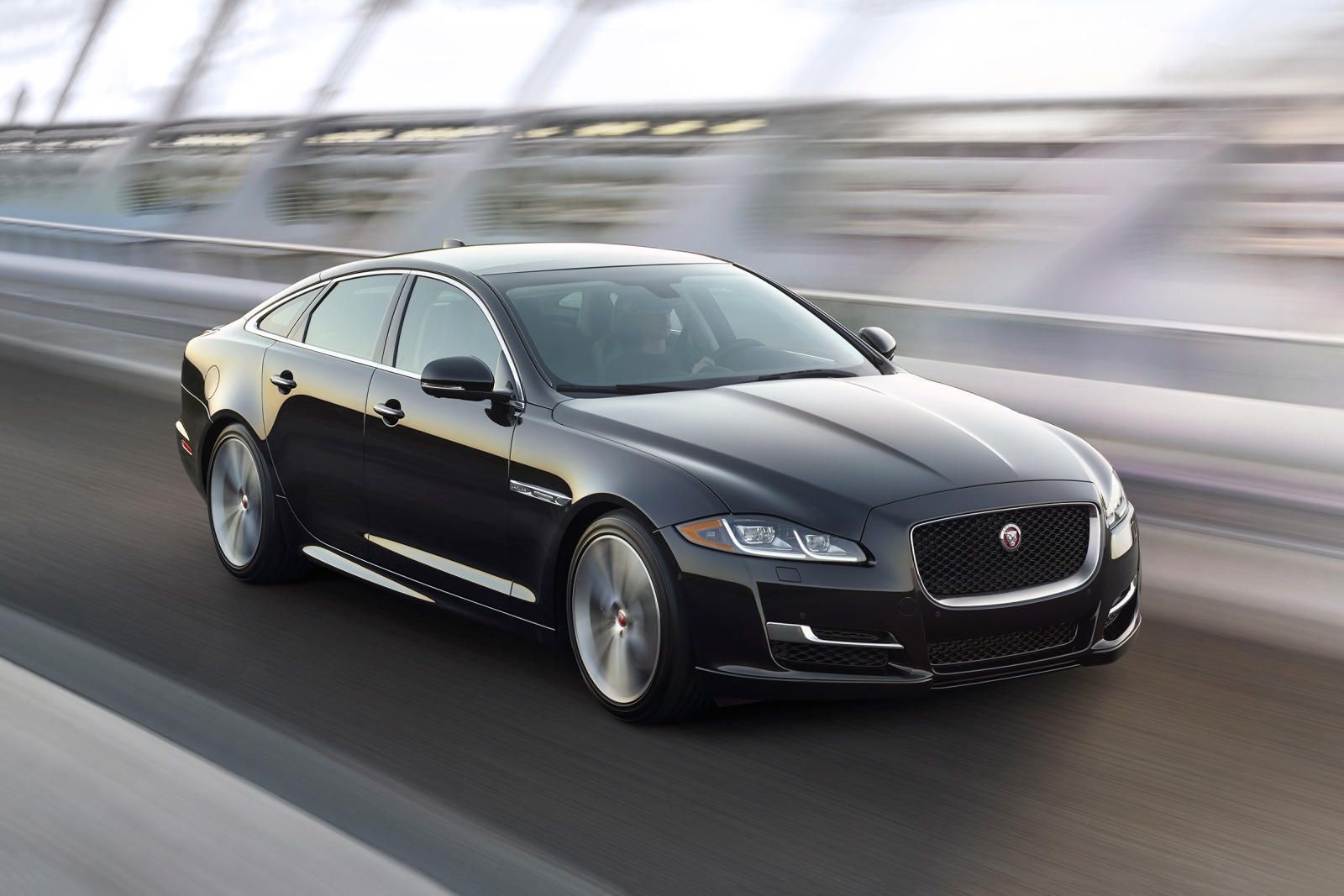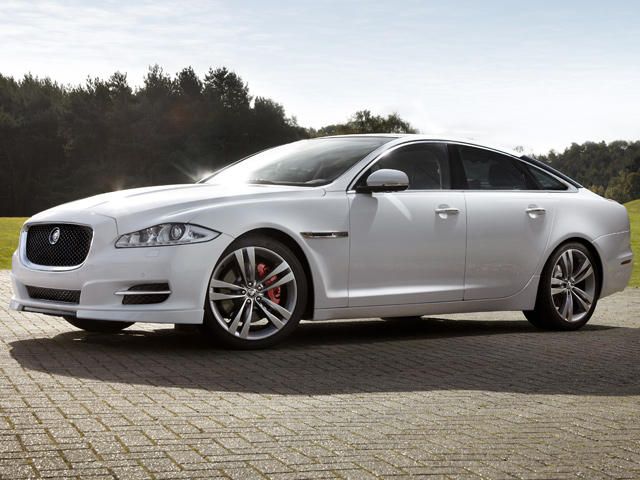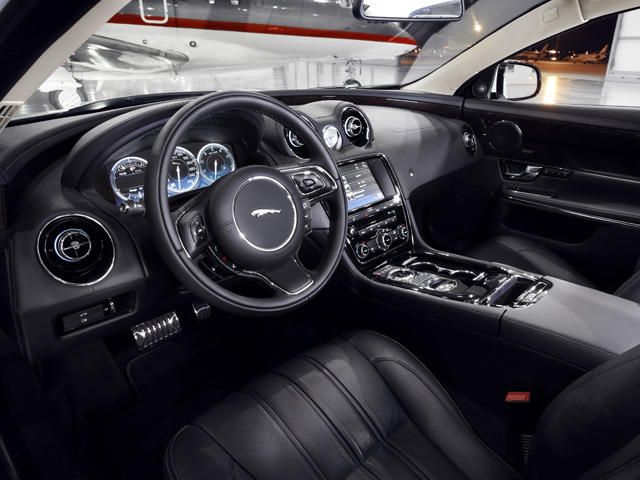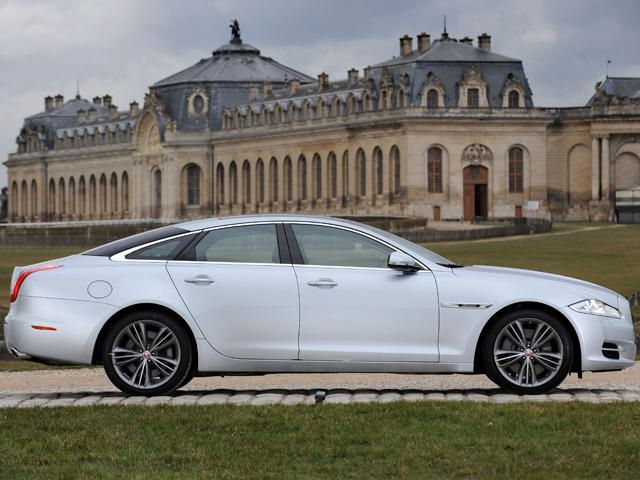
The British really do know a thing or two about luxury. Perhaps it's related to the fact they still actually have royalty and an aristocracy, but whatever the reason, they are quite good at it. The problem in the past has been although their ability to cling to tradition certainly has an upside, it is something which should be used sparingly when building cars. So even though there was a period when the Jaguar XJ was fairly irrelevant, it is now once again a supremely good car.
The XJ debuted in 1968 as a replacement for the Jaguar 420, a car which it probably won't surprise you to learn was already looking fairly ancient. The car had a modern and attractive body and was powered by a choice of inline-six engines from Jaguar's popular XK line. New transmissions were offered in 1970, improving the car's sporting credentials, and sales would remain strong. Only six-cylinder engines were offered for the first few years, but in 1972 Jaguar decided to skip right over eight-cylinder engines and offer a V12. The 5.3-liter power plant gave the car a top speed of "around 140mph", and it was sold as the fastest full four-seater of its day.
Even though the car was designed with the idea of eventually fitting it with a V12, the engine barely fit, and the smaller radiator that needed to be used would sometimes lead to overheating. A rebadged version of the XJ was sold through Jaguar's confusingly-named Diamler sub-brand. This was originally known as the Sovereign, a name carried over from an older rebadging of the 420, but would later go by a series of other names. But all V12 models would be badged with the model name Double-Six. This was actually the top trim for the car, with the Jaguar-badged models being the more mainstream version.
This isn't widely known, and even though Diamler-badged versions of the XJ were produced all the way up until 2005, it remains a far rarer version of the car. The XJ got a facelift in 1973 and became the Series 2. This version had raised bumpers in order to comply with US safety regulations, and apart from a few visual tweaks here and there, the car would actually remain visually more or less the same as this one all the way up until 2009. To be fair, it does have a good, classic look to it, and sales would remain strong for most of its life with this body. A coupe version of the Series 2 was produced from 1975 to 1978, but was never especially popular, with only about 10,000 units produced.
Rarest of all is the Double-Six coupe, with just over 400 units made, making it the most valuable collector's XJ variant today. The car went through several more mild changes over the next couple of decades, including some minor styling tweaks by Pininfarina. A V8 became available in 1998, and would actually replace all other engines until a proper third generation of the car debuted in 2003 with both V6 and V8 engines. But by this point, even though you could tell that you were looking at a new version of the car, there was still so much that was visually similar to cars which were built decades before.
At the time of the 2009 redesign, the XJ was actually offering plenty of high-tech gadgets like Bluetooth, sat nav and adaptive cruise control, but the Germans were far superior at showing this technology off. So a new design was debuted in 2009 that would finally go on sale for 2011. The new car has been hailed as evidence that Jaguar has finally once again become a relevant carmaker. It's interesting to note, however, that even though US XJ sales have picked back up to pre-economic meltdown levels, they remain only about half of what they were a decade ago when the third-gen car debuted.
It seems that not only the XJ but also the Jaguar brand as a whole sunk pretty low over time, and it's going to take a while before it fully recovers. We'd suggest a halo car, after all, this is the company that built the XJ220.



